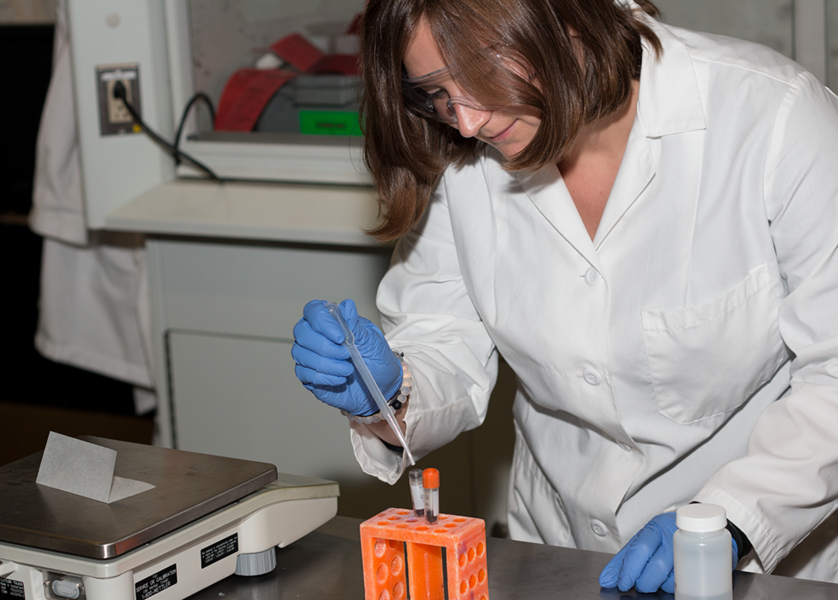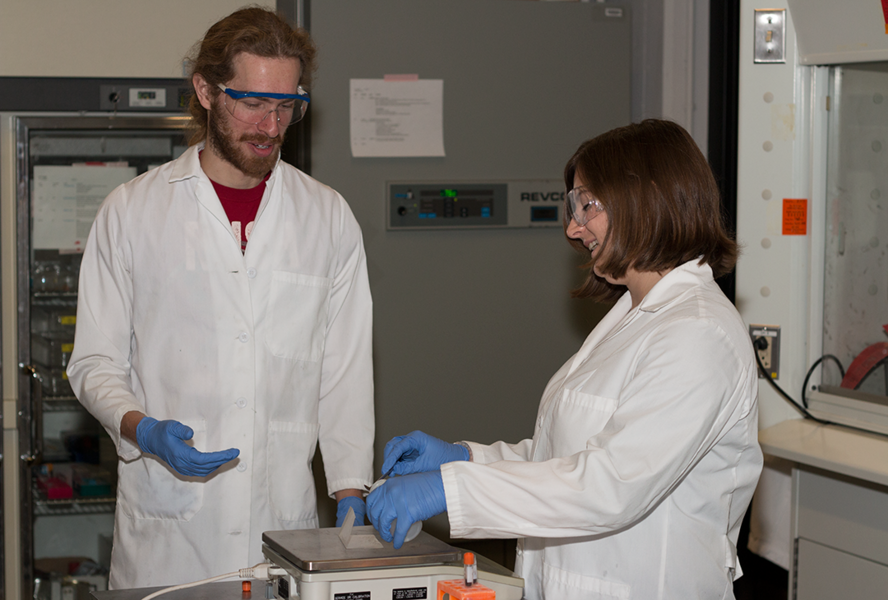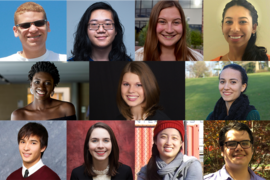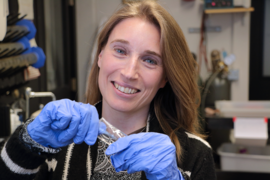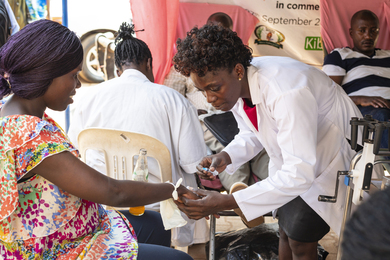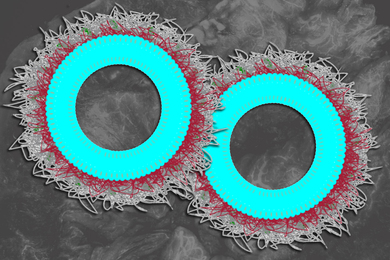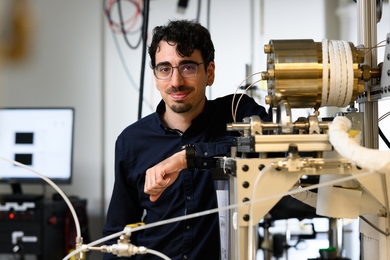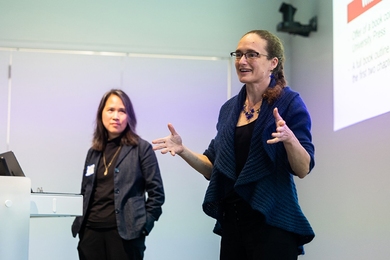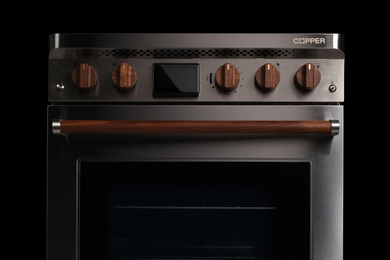After studying fuel cells at Montana State University, Erica Eggleton knew she wanted to do some type of research this summer, either with a college or in industry. “I’ve always been really interested in renewable energy, and in my lab at Montana State, I study [proton exchange membrane] fuel cells, so I wanted to stay in that realm of research,” she says.
Her quest brought Eggleton, who just finished her junior year, to MIT as a 2016 MPC-CMSE Summer Scholar, where she is working in the lab of Professor Krystyn Van Vliet on lithium manganese oxide electrodes for lithium ion batteries. Materials science and engineering graduate student Frank McGrogan is supervising her work.
This year’s 11 Summer Scholars spent their first three days in the internship program hearing project pitches from faculty, postdocs, and graduate students and touring their labs. “I definitely wanted to expand my knowledge on electrochemical-based processes, and there were a couple of projects that were in that field. Then I looked more at the principal investigators and talked to the grad students during the lab tours and this one definitely seemed like a good fit, community-wise. Also, I thought it would be beneficial for me to learn about the topic from more of a materials science standpoint, because I’m starting to question, if I want to go more into materials science in grad school or whether I’m actually more interested in chemical-based processes like now,” Eggleton says.
Van Vliet, who holds MIT faculty appointments in both biological engineering and materials science and engineering, says, “From my perspective, REU [Research Experience for Undergraduates] students such as Erica bring great enthusiasm to our lab during the Summer Scholar research period. They provide a valuable mentoring opportunity to our graduate students, who realize anew the excitement and potential of their challenging, multi-year research projects, and the REUs themselves contribute unique perspectives on how to solve lab challenges.
“I have had several REU students contribute so much to a project in the two months they were here that they were co-authors on publications, and the impressive career trajectories of those REUs who worked in my lab — ranging from young faculty to medical school to graduate engineering research — shows that they made the most of the REU opportunity at MIT,” Van Vliet adds.
Eggleton is studying the type of fatigue that makes lithium ion batteries less efficient over time. “We’re studying whether this is based off of certain stresses, cracking, or fractures and how that’s affecting the overall efficiency of the battery. I know I’m going to be working on making different types of electrodes and then I will look at them using [scanning electron microscopy] to analyze the film properties,” Eggleton says.
Working with McGrogan, Eggleton did indentation hardness testing and cracking tests in one of her first days on the job as an intern. She’ll be making electrodes and studying the materials with analytical techniques such as scanning electron microscopy.
McGrogan, in his first summer working with an undergraduate, says: “Working with my REU has refreshed my perspective on my research, as she brings a new curiosity to the problems I'm trying to solve. Erica has met my research questions with eyes wide open, and I find her ambition and enthusiasm to be personally motivating. I feel certain that she will be an important contributor to my research projects by the end of the summer.”
The MIT Materials Processing Center and Center for Materials Science and Engineering sponsor the nine-week National Science Foundation REU internships with support from the foundation's Materials Research Science and Engineering Centers program. The program runs from June 7 through Aug. 6.
